If you’re exploring programmatic advertising, you most certainly would have come across the terms SSP and DSP. Are you wondering what makes them different from each other?
Both Demand Side Platforms and Supply Side Platforms are involved in the programmatic advertising process, but 5 key differences set them apart.
It’s time to take a closer look at each platform, how it works, and how it contributes to the overall system that drives programmatic advertising technology.
By the end of this post, you’ll understand the definition of each term and its role in automating, targeting, and personalizing the ads you see online today. Let’s get started!
Here are the five key differences we will cover:
If you’re short on time, we’ve got a concise TL;DR – What Have We Learned section too.
Photo by UX Indonesia on Unsplash
#1: Opposite Ends of the Same Programmatic Process
Programmatic advertising needs both DSP and SSP ad tech to function. In business, there is always supply and demand – which is where these terms come from.
Each term sits at the beginning or end of the programmatic advertising process, depending on which perspective you’re taking. Let’s explore the terms.
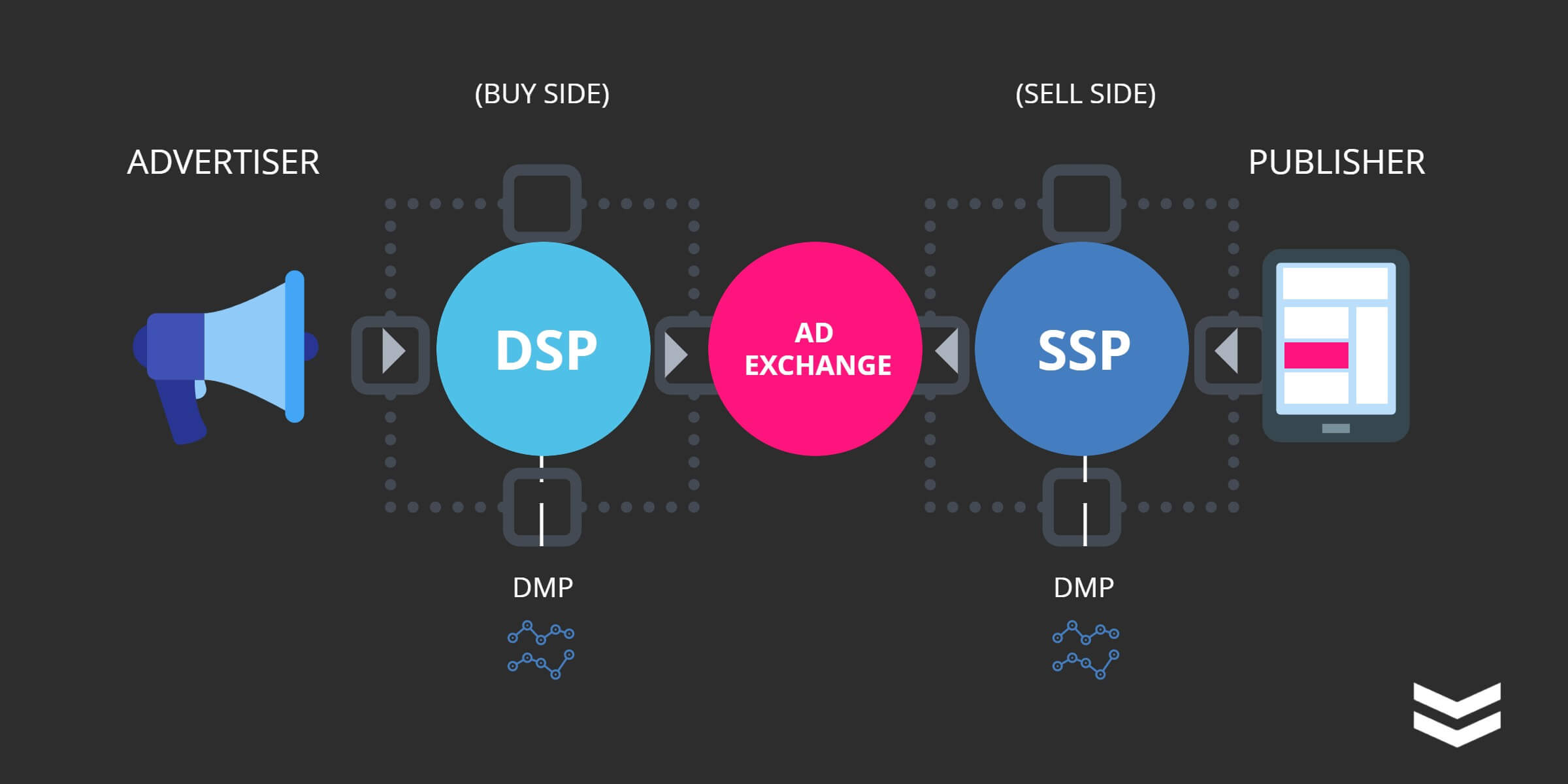
What Does DSP Mean?
DSP stands for ‘Demand Side Platform’ and refers to technology that automates advertising buys for advertisers. In other words, a DSP is a software that lets advertisers buy ad space.
When comparing an SSP vs. DSP in terms of automation – both use the real-time bidding auctions that are inherent in the programmatic process to trade ads for ad space.
So, the Demand Side Platform ‘demands’ the ad space, and the Supply Side Platform ‘supplies’ it. They’re at opposite ends of the same amazing automated process!
What Does SSP Mean?
SSP stands for ‘Supply Side Platform’ and refers to technology that automates ad inventory sales for publishers. In other words, an SSP is a software that lets publishers sell their ad space.
#2: Demand Side Platforms (DSPs) Helps Advertisers With Ad Placement
A DSP is what advertisers use to find the right ad space on the internet.
DSP ads are placed when a target user clicks to a website.
In mere milliseconds, the real-time auction occurs, and successfully placed ads are put in front of targeted users at the right price point.
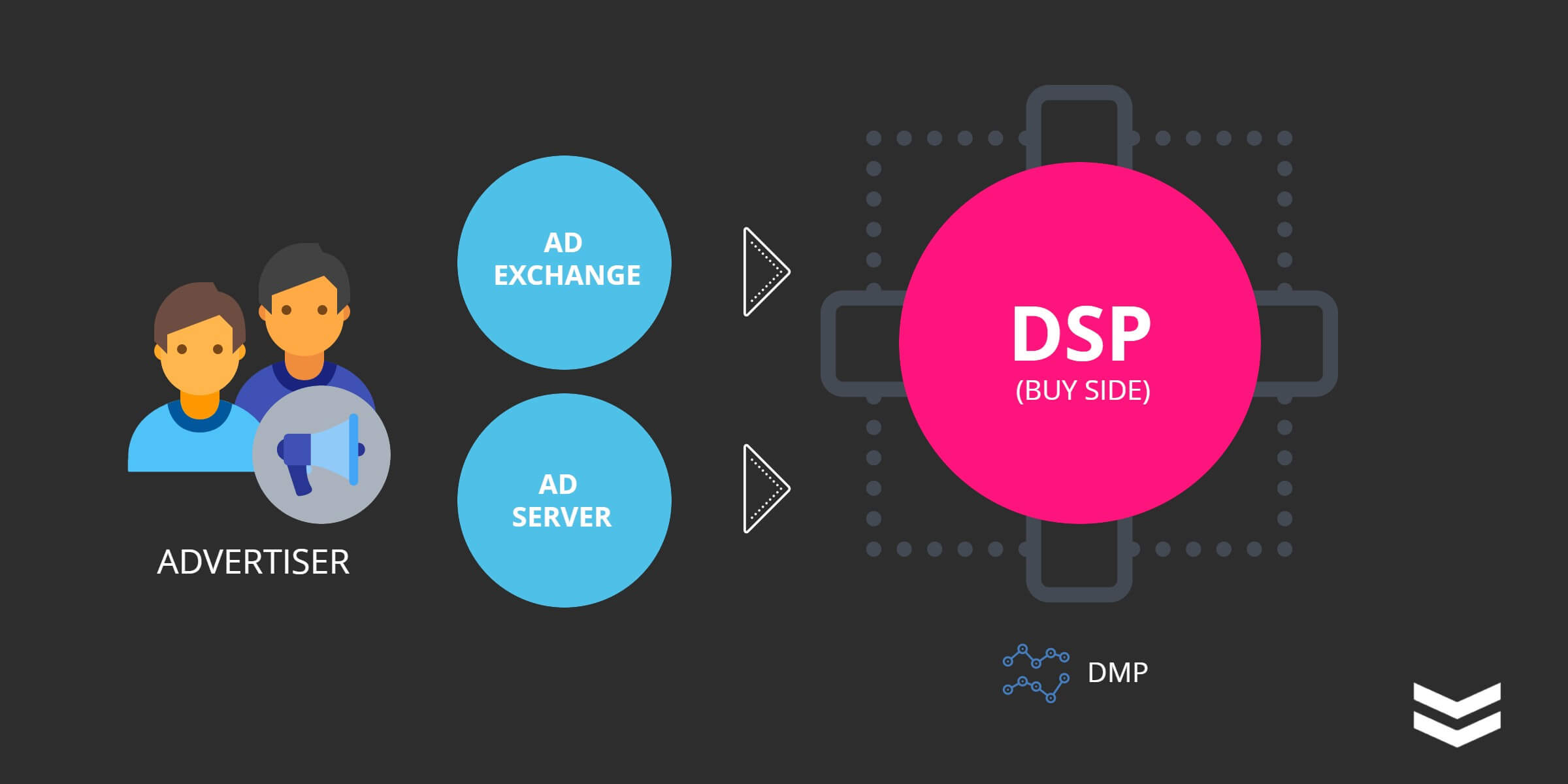
Before, advertisers would have to negotiate with publishers where their ads could go manually. Platforms were limited, and so was audience reach.
These days, the programmatic advertising process gets it done automatically.
Your DSP has specific artificial intelligence and machine learning to help advertisers correctly place their ads for the best possible price. Simultaneously, it’s also shown to people who are more likely to click and convert.
A Demand Side Platform (DSP) eliminates the need for salespeople, lengthy negotiations, and limited ad placements.
#3: Supply Side Platforms (SSPs) Sells Ad Inventory to Advertisers
An SSP is what publishers use to sell their ad inventory to the best possible advertisers for the highest achievable price. There are several ways they do this, prioritizing inventory and doing private deals to sell their premium spots first.
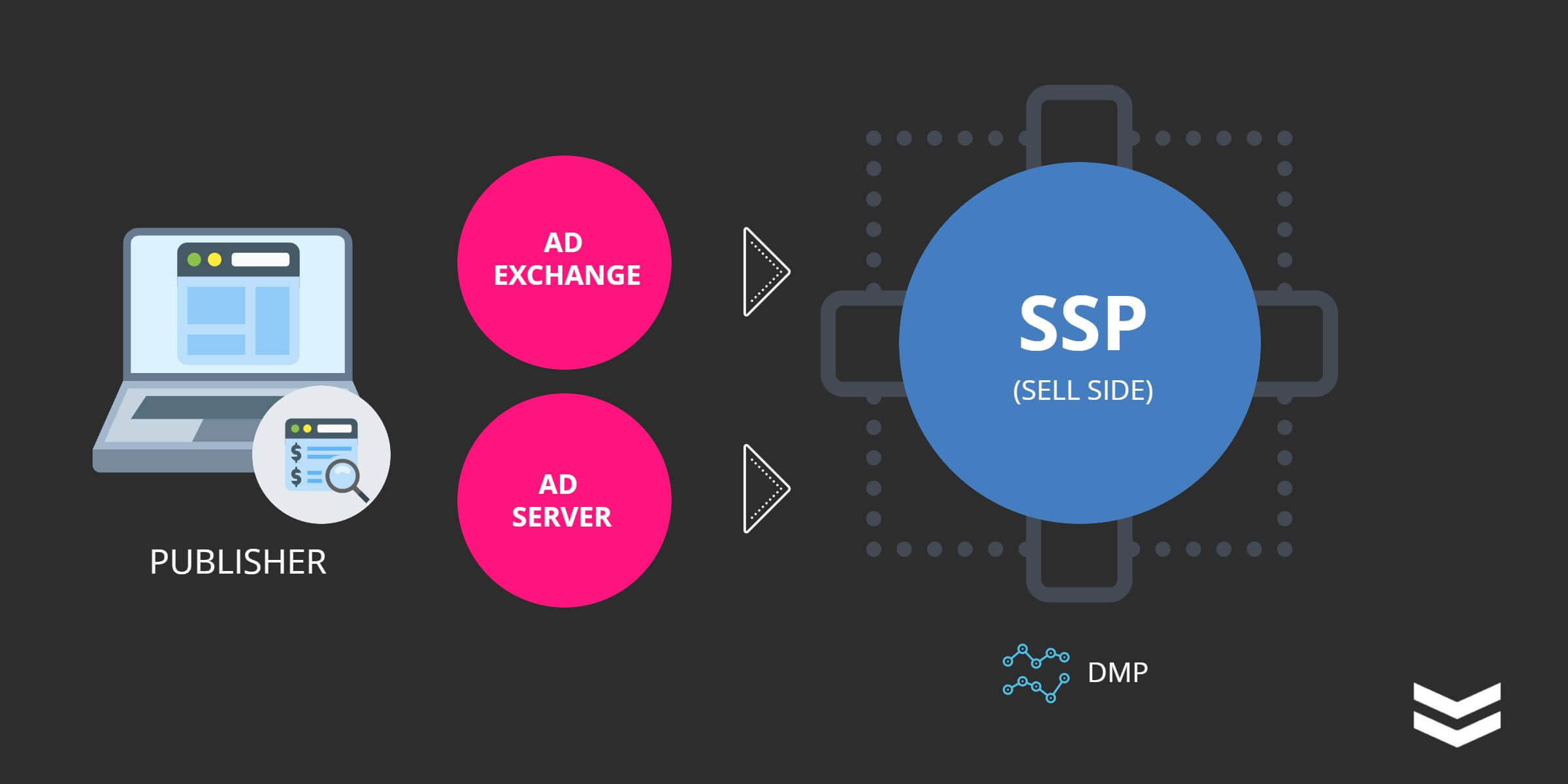
When comparing an SSP vs. DSP, it’s helpful to know that an SSP’s primary goal is to achieve their total fill rate and maximize their earnings. On the other hand, a DSP would want to place ads on the highest quality sites for the cheapest possible costs.
Their basic function isn’t the same – which brings us to difference #4.
#4: The Technical Function Isn’t the Same
While SSPs and DSPs use much of the same technology, it differs because their aims aren’t identical. SSP tech works to sell, while DSP tech works to buy and place.
Both platforms use machine learning and AI technologies, and they are both connected to large data sources and RTB auctions during the process.
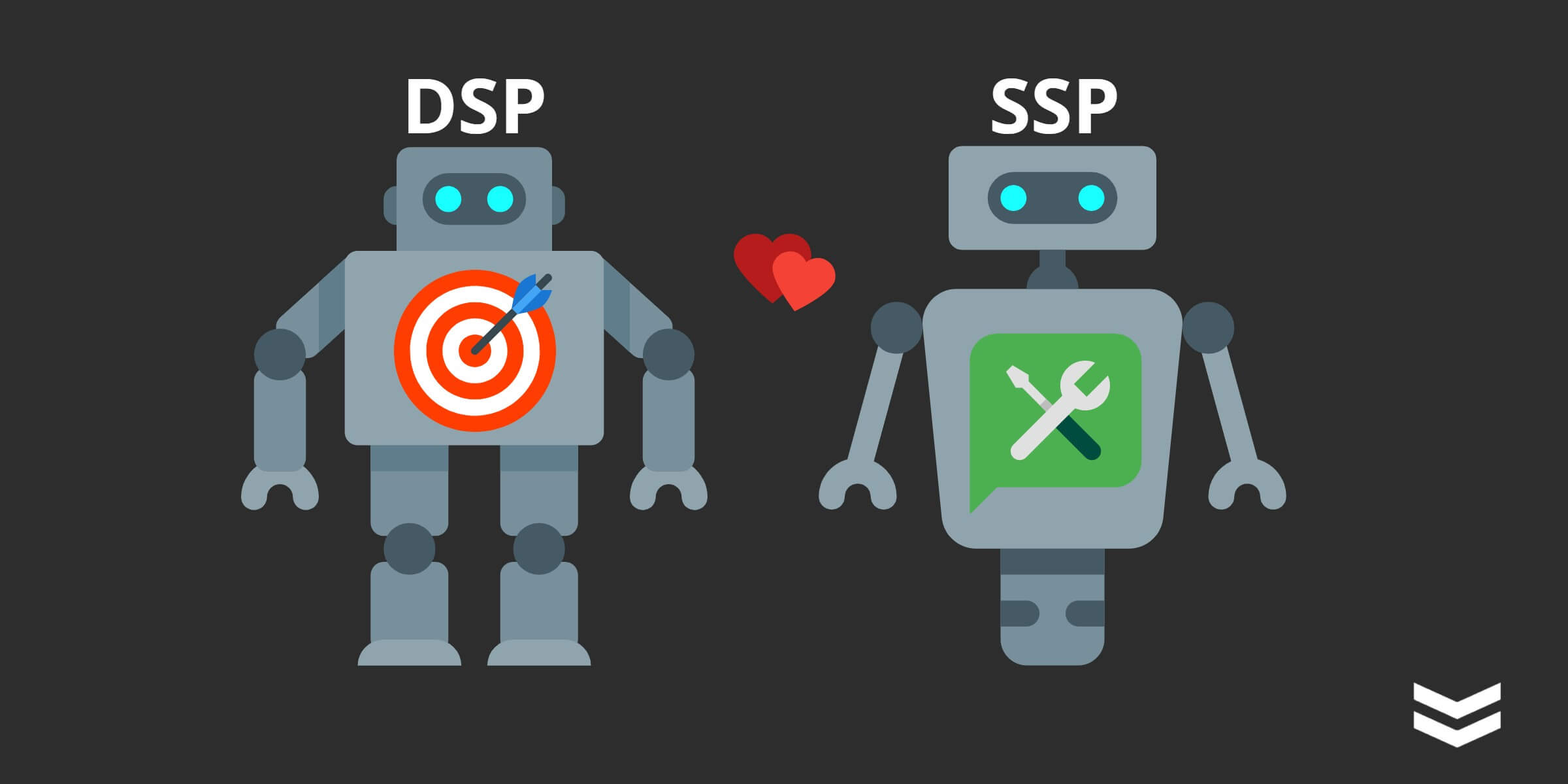
DSP software tends to function to optimize the way ads are targeted, which is why agencies can set actions, demographics, location, behavior, and a host of other parameters to find the right sites or apps to bid on.
SSP software optimizes the way they manage inventory, gain revenue from that space, and how effectively it sells to advertisers. They do this by setting pricing parameters and rules for advertisers searching for space.
DSPs and SSPs need specific integrations to function, like data center access and connections to ad exchanges and networks.
Your DSPs are a buy-side service, while your SSPs are a sell-side service. Programmatic though they both are, they serve the best interests of their respective parties (advertiser or publisher).
#5: They Use Data for Different Reasons
Both Demand Side Platforms and Supply Side Platforms are indeed data-driven and able to access enormous volumes of data so that they can streamline their programmatic advertising processes.
DSPs and SSPs collect their own data, but they also use data from Data Management Platforms (DMPs). These Data Management Platforms inform both DSPs and SSPs, for different reasons.
Data integrations will help each platform make better decisions about optimizing their service and achieving better results for their clients.
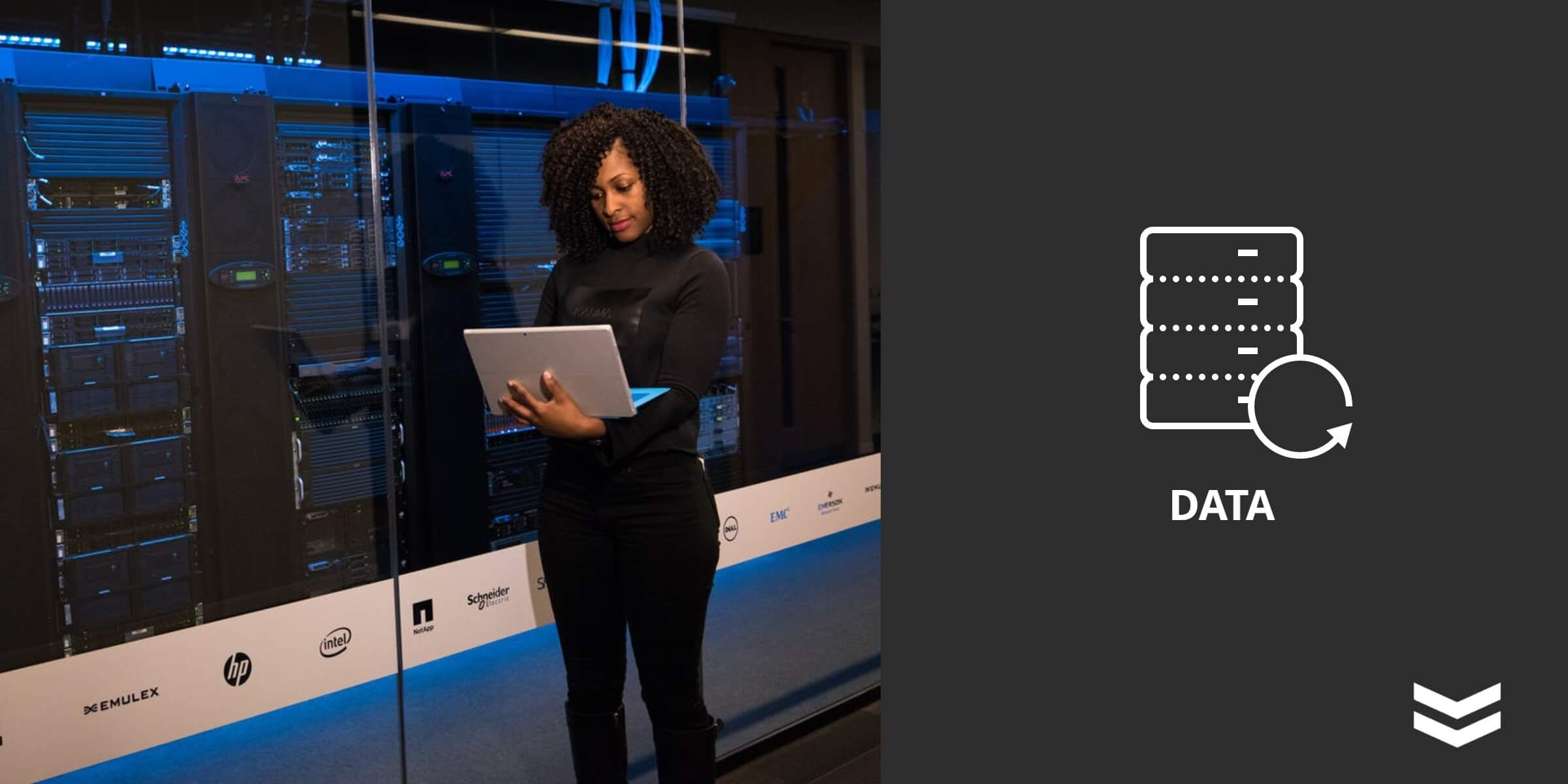
The data can include everything from purchasing behavior to preferred websites, interests, and even where your audience likes to eat dinner. The right data integrations will help DSPs reach more relevant customers and contributes to their knowledge base and overall consumer insight.
On the SSP side, data management platforms help them understand their advertisers better and give them insights they can use to price their space better.
A Programmatic Advertising System That Works
Overall, data is essential for the programmatic advertising process because it keeps the system intuitive, functional, and working for everyone’s best interests.
The ad tech is similar but not the same because their functions are different. And finally, each taps into data management platforms to help them make better ongoing decisions.
These 5 key differences are how you’re going to end the DSP vs SSP confusion once and for all. Now you know what each term means, how they work together, and what makes them crucial for programmatic advertising technology.
The data can include everything from purchasing behavior to preferred websites, interests, and even where your audience likes to eat dinner. The right data integrations will help DSPs reach more relevant customers and contributes to their knowledge base and overall consumer insight.
On the SSP side, data management platforms help them understand their advertisers better and give them insights they can use to price their space better.
What Have We Learned?
Demand Side Platforms and Supply Side Platforms have 5 key differences.
They are on opposite sides of the same programmatic technology.
Demand Side Platforms’ primary function is for advertisers to buy ad space. The purpose is to place ads at the best spots for the lowest cost possible.
Supply Side Platforms serve as the platform for publishers to sell ad space. They negotiate ad space for inventory sales, and it’s their goal to fill ad space for profit.
Both platforms use machine learning and AI technologies, and they are both connected to large data sources and RTB auctions during the process.
The ad technology that makes up the two is similar but serves different functions.
Both tap into Data Management Platforms (DMPs) to optimize better performance decisions and service their clients.
18 Benefits of Programmatic Media Buying
If you’re looking for ideas or content to inform your programmatic ad strategy, or to justify moving to a new Demand Side Platform (DSP) for improved results, this post is a solid resource.The benefits of programmatic media buying for your brand.More specifically,...
7 Ways to Create Content that Helps to Achieve Your Business Goals
Content is one of the most important things brands need to thrive in the digital world.It helps companies in different ways, such as building trust, increasing brand awareness, driving website traffic, and even generating leads. In this digital world, content has now...
Google Privacy Sandbox Explained
Ch-ch-changes: recently, there’s been a lot of technology innovations and policy changes shaking up the ad tech landscape, including the introduction of the Google Privacy Sandbox.Recently, movers and shakers of the internet age, such as Apple, are moving towards...









